INDIA AND THE WORLD: A HISTORY IN NINE STORIES is a landmark international exhibition at CSMVS, Mumbai. This is a unique collaborative work between CSMVS, British Museum, London and National Museum, New Delhi. Exhibits from around the world have been painstakingly curated to tell the story of India and her connection to the world.
In this two-part series, Vaidehi Savnal, Coordinator, International Relations, CSMVS, shares insights with ReReeti, the journey of one of the most successful collaborative exhibitions, held in India.
PART ONE – From Conceptualization to Realization
“The things we make have one supreme quality — they live longer than us. We perish, they survive; we have one life, they have many lives, and in each life, they can mean different things. Which means that, while we all have one biography, they have many.” Neil MacGregor
Never had these words rung truer than when the core team first put their heads together and started imagining ‘India and the World’. The idea initially was in response to a question posed by Neil MacGregor, then Director, British Museum to Sabyasachi Mukherjee, Director General, CSMVS. Having successfully concluded the second collaboration between the British Museum and CSMVS — the Cyrus Cylinder and Ancient Persia exhibition, the question that quite naturally arose was, ‘What next?’ The world was still reeling under the phenomenal ‘A History of the World in 100 Objects’ exhibition curated by Neil MacGregor which had been travelling to several museums world over. This would have seemed the next obvious choice, however, Sabyasachi Mukherjee in his characteristic style wanted ‘more’. He wanted something that an Indian audience would be able to relate to and where there would be a larger representation of Indian history in the objects being displayed.
In one of the many brainstorming sessions that ensued, Sabyasachi Mukherjee expressed his desire quite clearly, “The compartmentalized approach to history, a theory backed by a string of dates ending with BC and AD, fails in creating an interest in the past nor has the power to command one’s attention. A comprehensive and illustrative style, rooted in evidence of the material past, viewed in the light of ancient oral traditions and presented as a continuous narrative would be more appealing. The significance of history is better comprehended when different cultures are viewed in consonance’, which is how the ‘India and the World’ concept evolved.
Neil MacGregor and Sabyasachi Mukherjee along with Mahrukh Tarapor, long-standing advisor to CSMVS, then conceptualized the exhibition as we see it today. In order to encompass nearly 2 million years of history, the exhibition would present small groups of objects from key periods in history, brought together in conversation with each other. While similarities can lead to an appreciation of the long and shared histories India has with the rest of the world; differences demonstrate respect for parallel systems of knowledge, as well as present opportunities to learn something new. The Indian objects would be sourced from the collections of CSMVS and other Indian museums and the objects representing the rest of the world would come from the collection of the British Museum. Gradually, the format of the exhibition began to take shape. There would be an introductory ‘welcome’ section that would orient the visitor followed by nine sections. The first eight sections or stories would follow a chronological pattern and discuss the dominant themes emerging at each of these moments in time. The last section would question the chronological or linear manner adopted while looking at alternative notions of time.
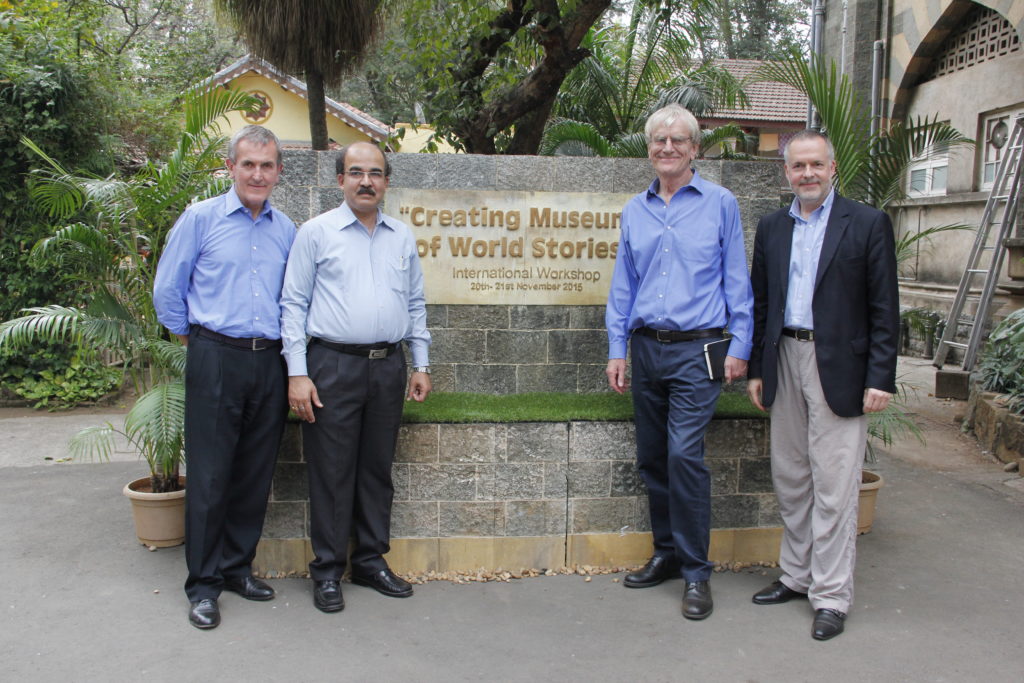
(L-R) Mr. Neil MacGregor, former Director, British Museum; Mr. Sabyasachi Mukherjee, Director General, CSMVS; Sir Richard Lambert, Chairman, British Museum Board of Trustees and Mr. Hartwig Fischer, Director, British Museum at the CSMVS, Mumbai
©CSMVS, Mumbai
It was at this key juncture that the British Museum had a change in leadership, Neil MacGregor retired and Hartwig Fischer, former Director of the Dresden State Art Collections took over the reins. Hartwig Fischer seamlessly joined Sabyasachi Mukherjee in steering the team. A third partner joined hands with the British Museum and CSMVS at this stage — National Museum, New Delhi. The exhibition, it was decided, would first be on show in Mumbai and would then travel to New Delhi.
The task before the partners was immense, and navigating this vast concept needed the help of a dedicated team of curators that would be able to help construct the narratives and select objects that would best represent the concept. As a result, Dr. J.D.Hill, Research Manager, British Museum, London and Prof. Naman Ahuja, Jawaharlal Nehru University, New Delhi were appointed to the curatorial team. The CSMVS staff then worked with them over the next few months engaging in site recces at various museums to secure artefacts on loan, gather information about them and photograph them. 28 institutions and 3 private lenders ultimately joined hands with the 3 partners in lending artefacts for the exhibition. The process of selecting objects and finalizing loans was a tedious process. The CSMVS had to weave its way through several challenges including AA category artefacts that could not be loaned due to their historical significance, artefacts that were certified as too fragile to travel to Mumbai and other such insurmountable situations. In spite of these roadblocks, what emerged at the end, however, was a seamless narrative supported by several iconic objects and the loss of certain key objects rather than retracting the scope of the exhibition, allowed the curatorial team to explore new and emerging narratives that were more relevant to a contemporary audience.
As the project began to take shape and grow in scale, an important task was to secure sponsorship. The Tata Trusts and Getty Foundation contributed generously in funding the project. The CSMVS had been able to set aside about 10,000 sq. ft. of its special exhibitions space but as a further need was felt, an additional 5,000 sq. ft. was made available by dismantling one of the permanent galleries and an activity room.
Several changes were made to the galleries, a new HVAC system was put in place to maintain the environmental requirements of the artefacts that would come in, a structural audit was conducted to assess the physical condition of the building and reinforcements were carried out at certain locations and complete electrical re-wiring of the exhibition space was undertaken. Work in the galleries began as early January 2017 to ready the space in time for the opening in November 2017.
“A work of art when placed in a gallery loses its charge, and becomes a portable object or surface disengaged from the outside world,” said artist Robert Smithson. The task of transporting the visitor through time in the galleries was ably managed by exhibition designers, Somaya and Kalappa Consultants, helmed by leading architects Brinda Somaya and Nandini Sampat and supported by contractors Kaishar Interiors, graphic designer Aurobind Patel and lighting designer Dhruvajyoti Ghose of the Lighting Design Partnership, Sydney.
The installation process stretched the team in all manners. The Unicode by artist L.N. Tallur from the KNMA collection weighed nearly a ton and its massive size did not allow it to fit through the doors or lift to take it up to its place in the 2nd floor gallery. The object, however, was a very vital part of the narrative and could not be swapped for another. The only way up to the 2nd floor then was from the front of the building by removing the windows of the corridor outside the gallery and lifting up the object using an industrial crane and brought into the building using a pulley system. The entire exercise took about 6 hours and the involvement of nearly 20 staff and technicians.
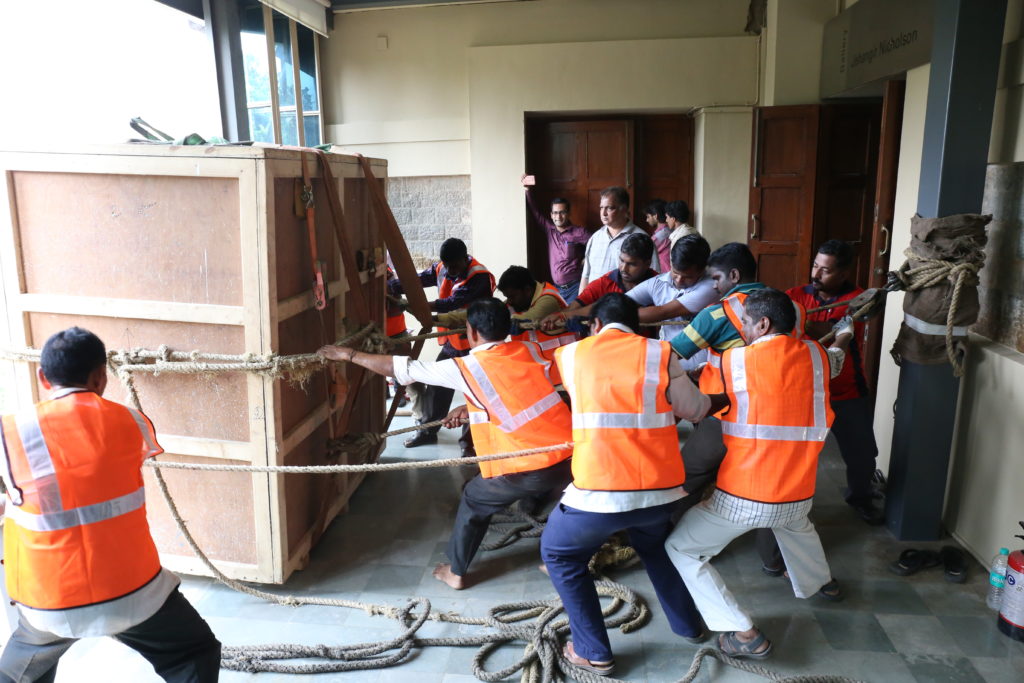
The installation of ‘Unicode’ took about 6 hours and the efforts of nearly 20 staff and technicians
©CSMVS, Mumbai
Almost 3 years of work was brought to fruition when one of the visitors commented about the exhibition saying, “To collect fragments strewn across the world and stitch and fabricate them in time to tell a wondrous story is the beauty of history and a historian. This is what is done in this particular exhibit – looking forward for more.”
The exhibition is on view from November 11, 2017 – February 18, 2018

Vaidehi Savnal
Vaidehi Savnal is Coordinator of International Relations at the Chhatrapati Shivaji Maharaj Vastu Sangrahalaya, Mumbai. In the past Vaidehi was supported by the Charles Wallace India Trust and the Inlaks Shivdasani Foundation at the International Training Programme, British Museum, London and has also pursued a secondment at the Wellcome Trust, London in the department of Touring Exhibitions and Public Programmes. She holds a Masters Degree in Ancient Indian History, Culture and Archaeology and postgraduate diplomas in Built Heritage Studies and Conservation and in Museology and Conservation.
Stay tuned for the next instalment from Vaidehi Savnal about India and the World: A history in nine stories!







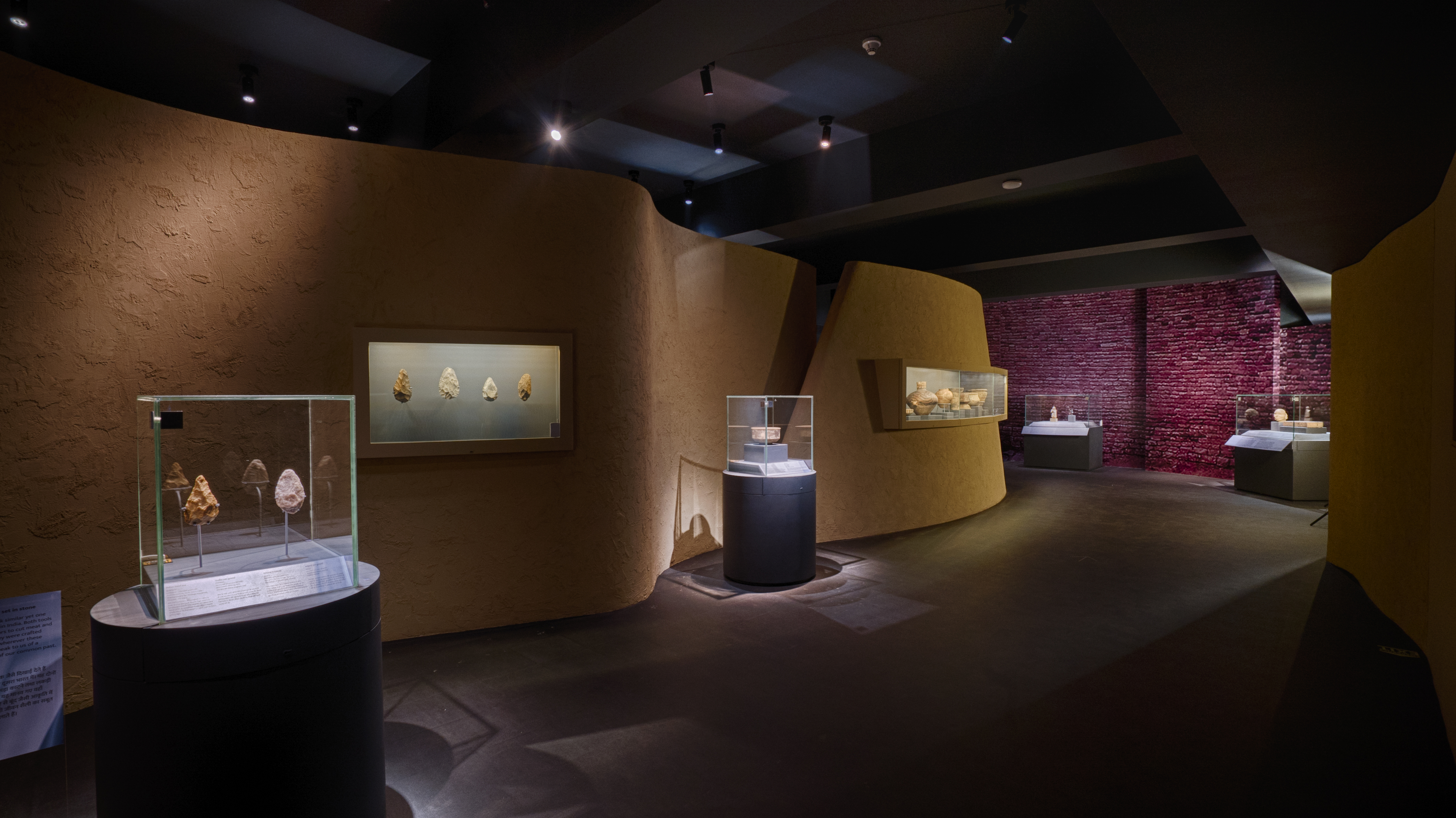
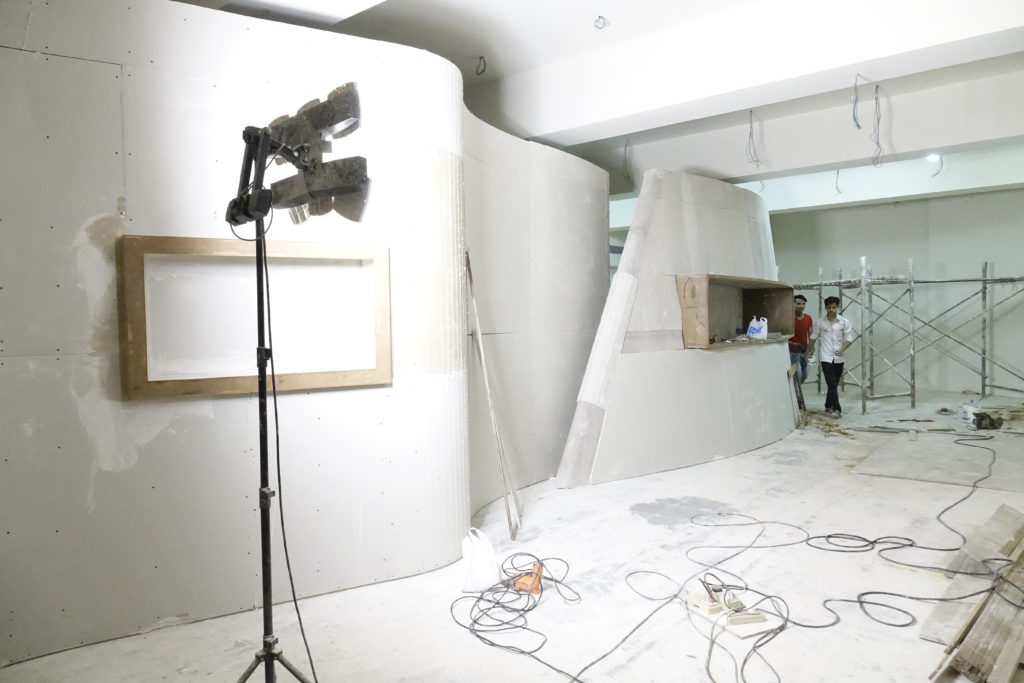
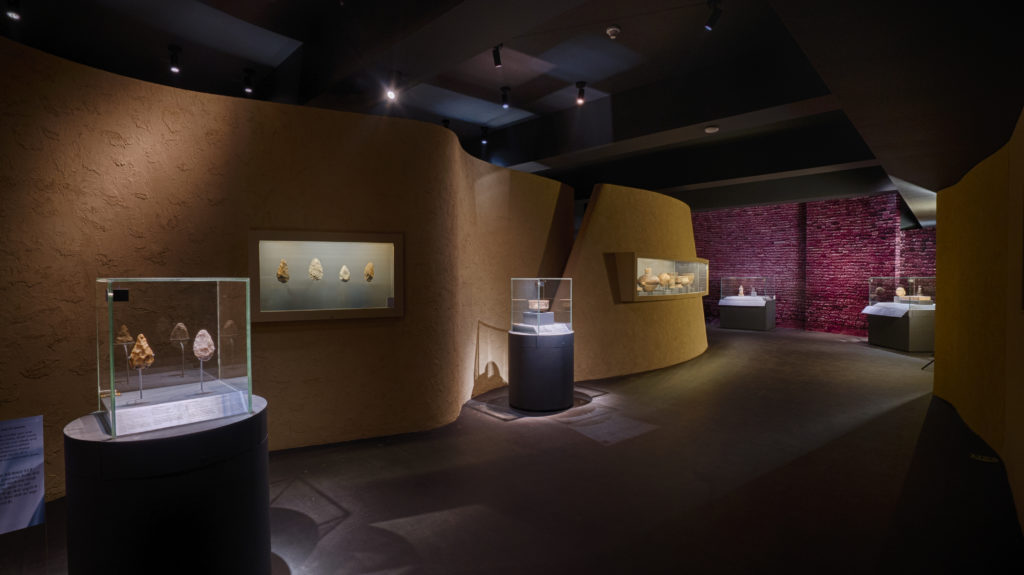
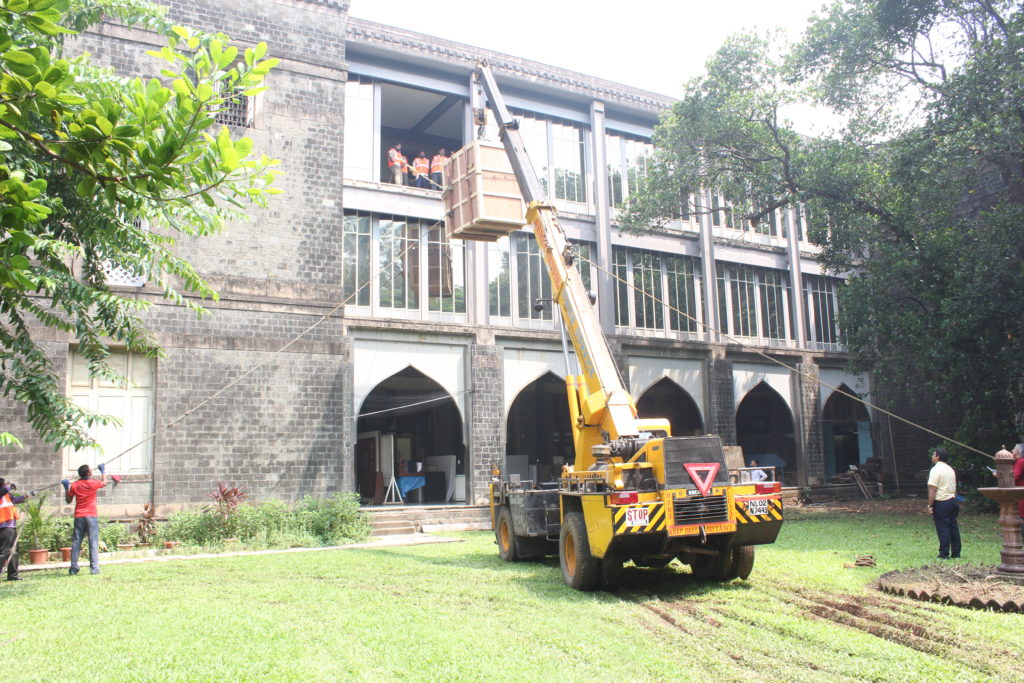
Recent Comments